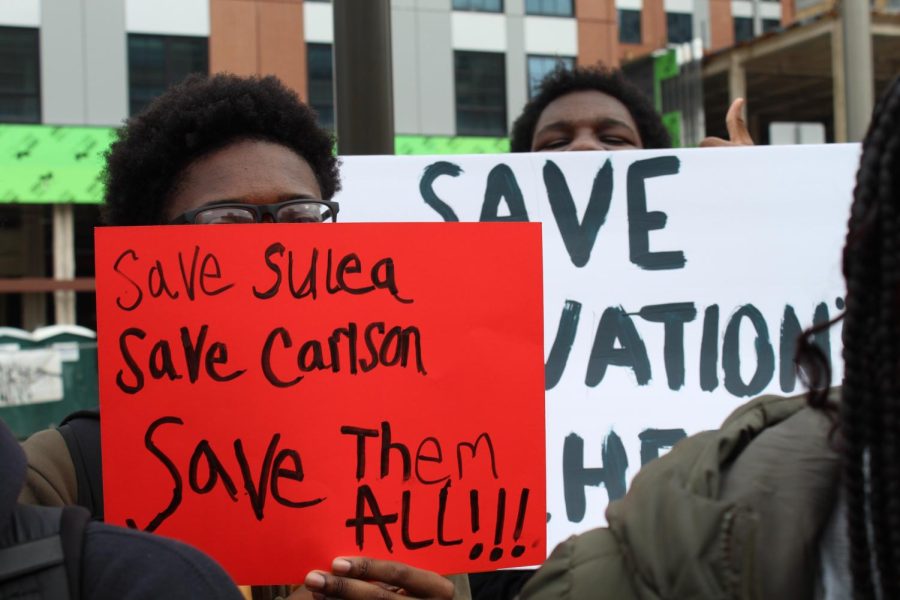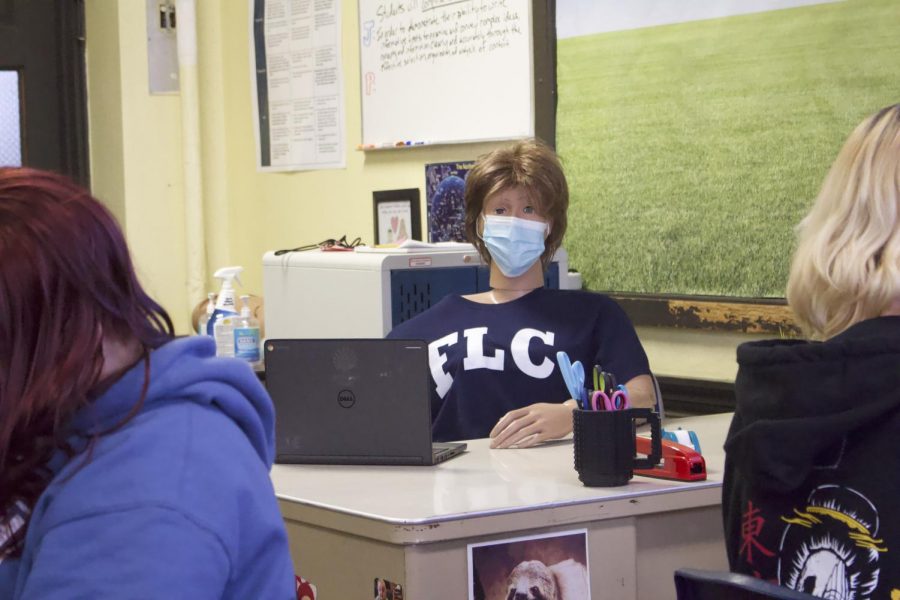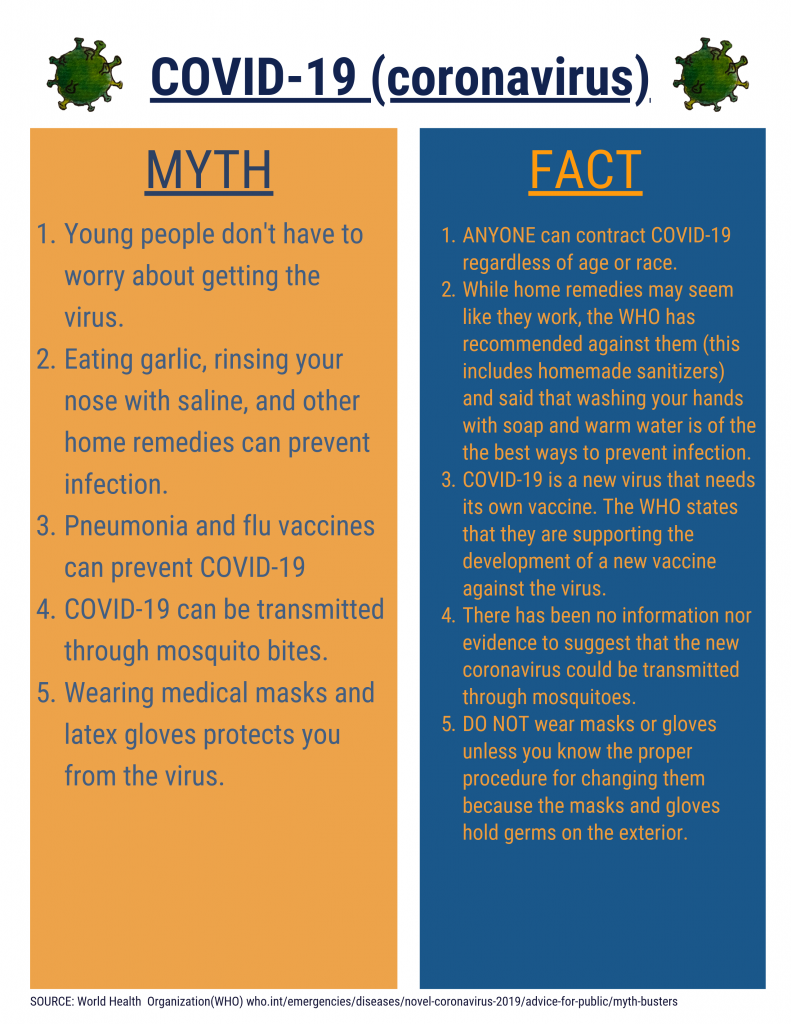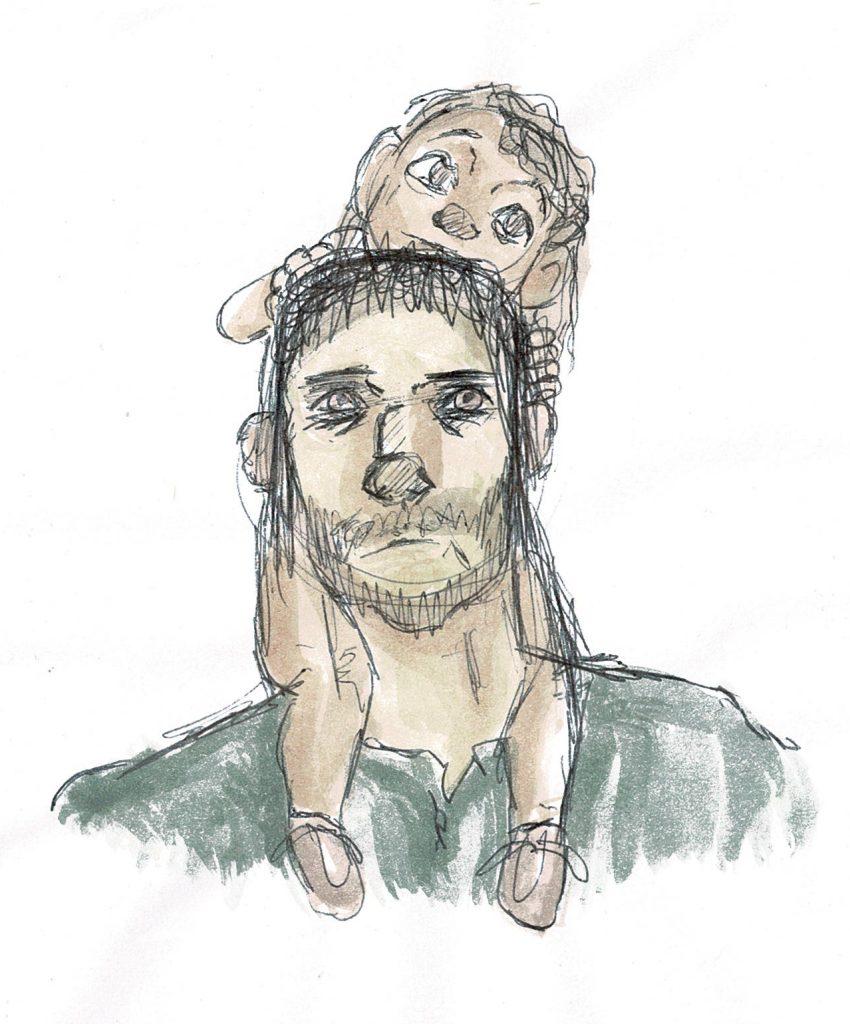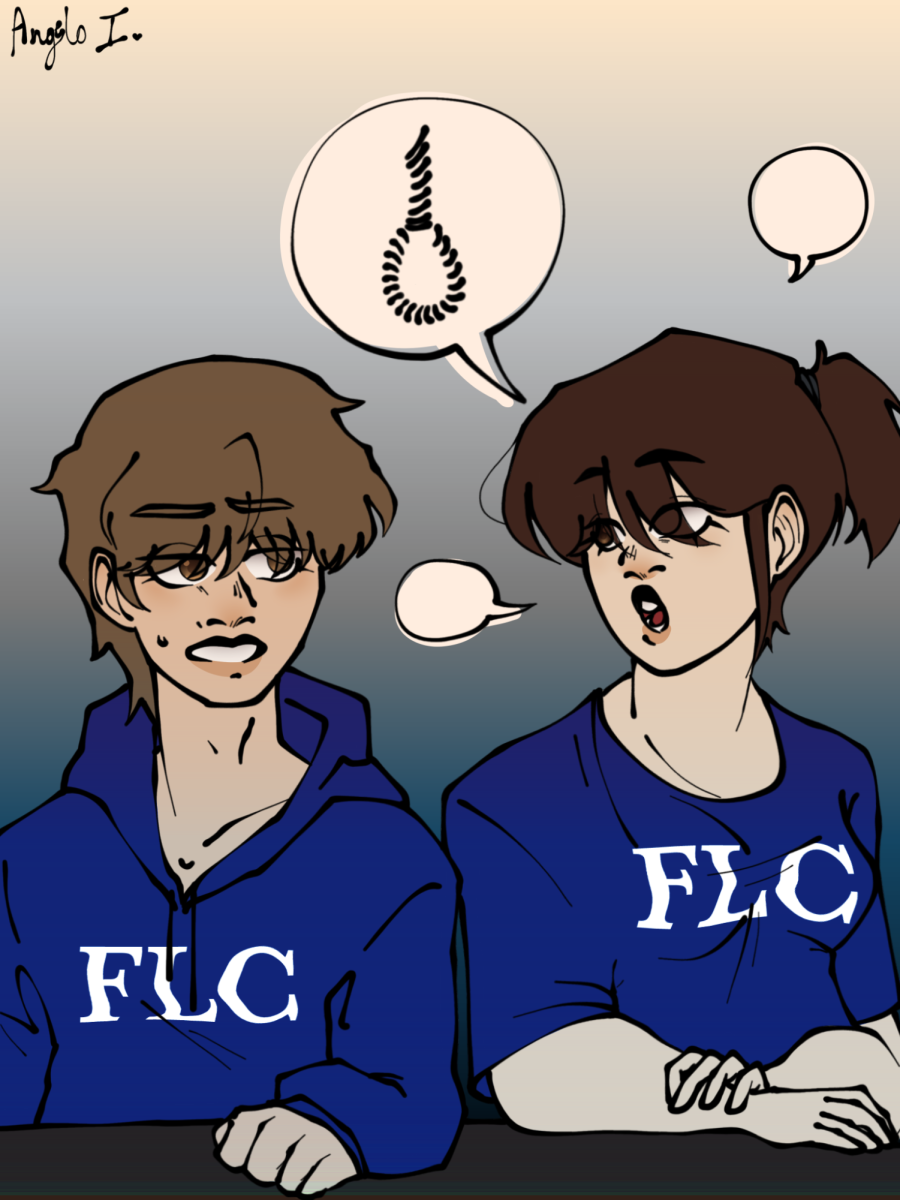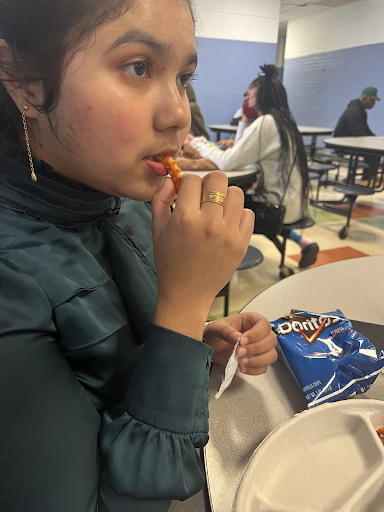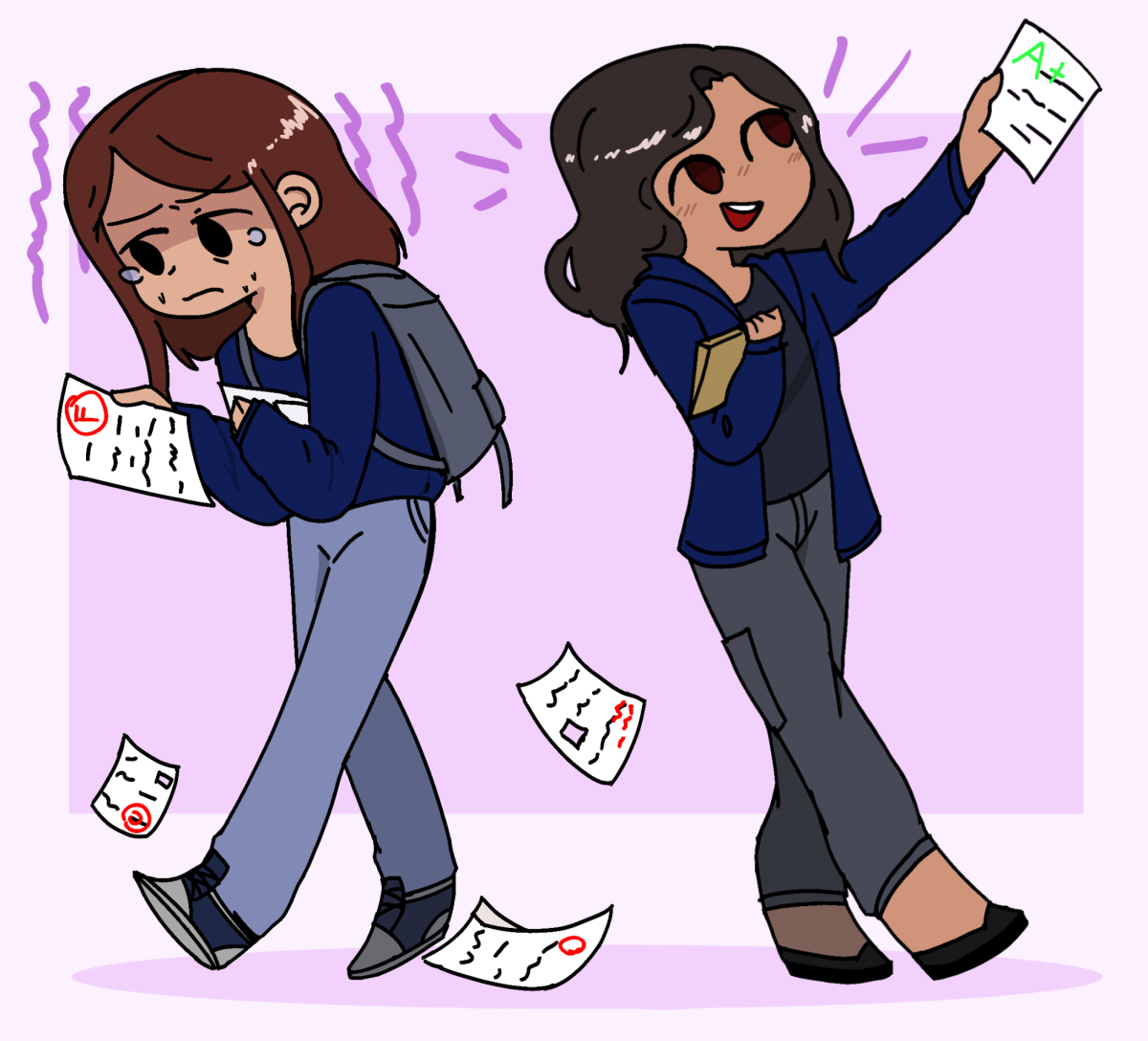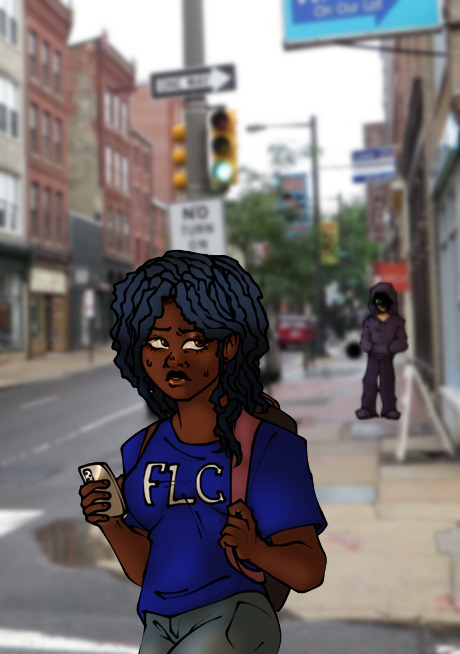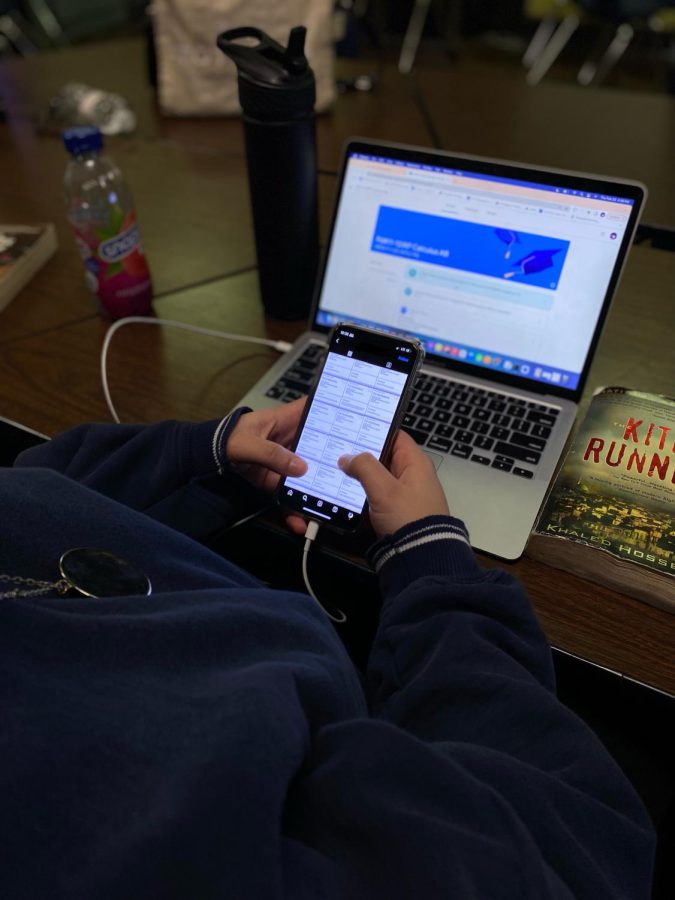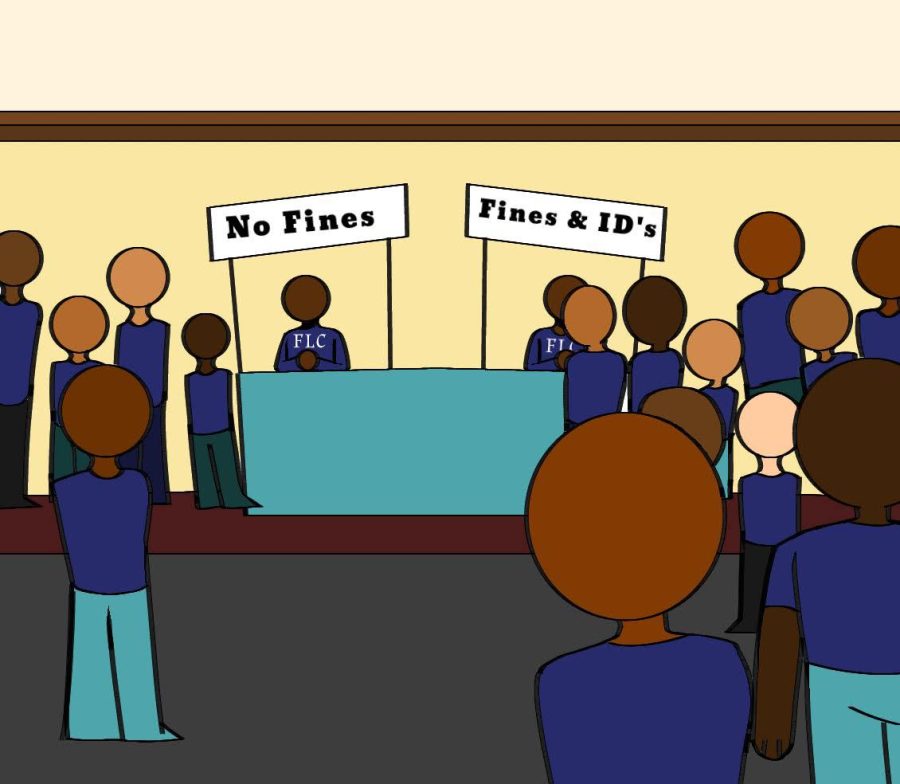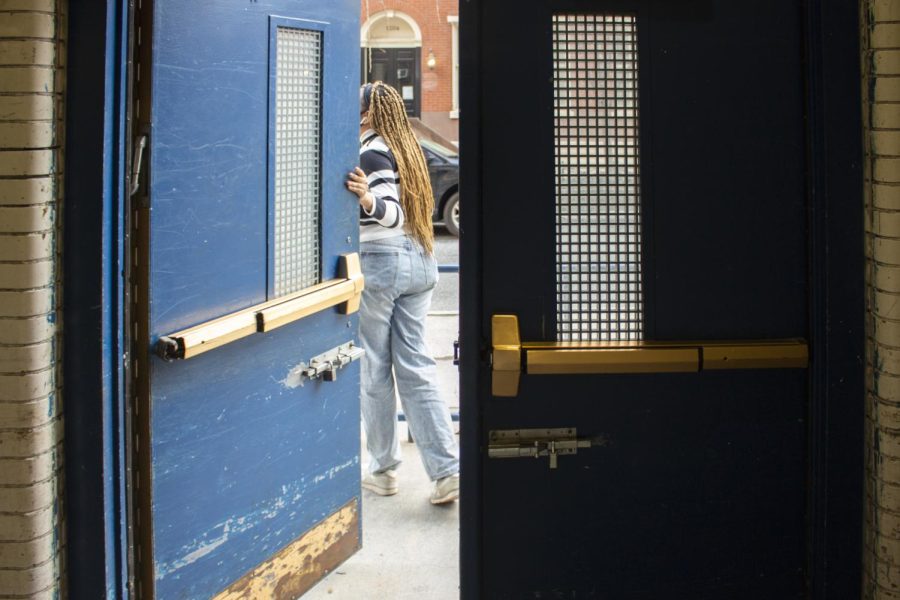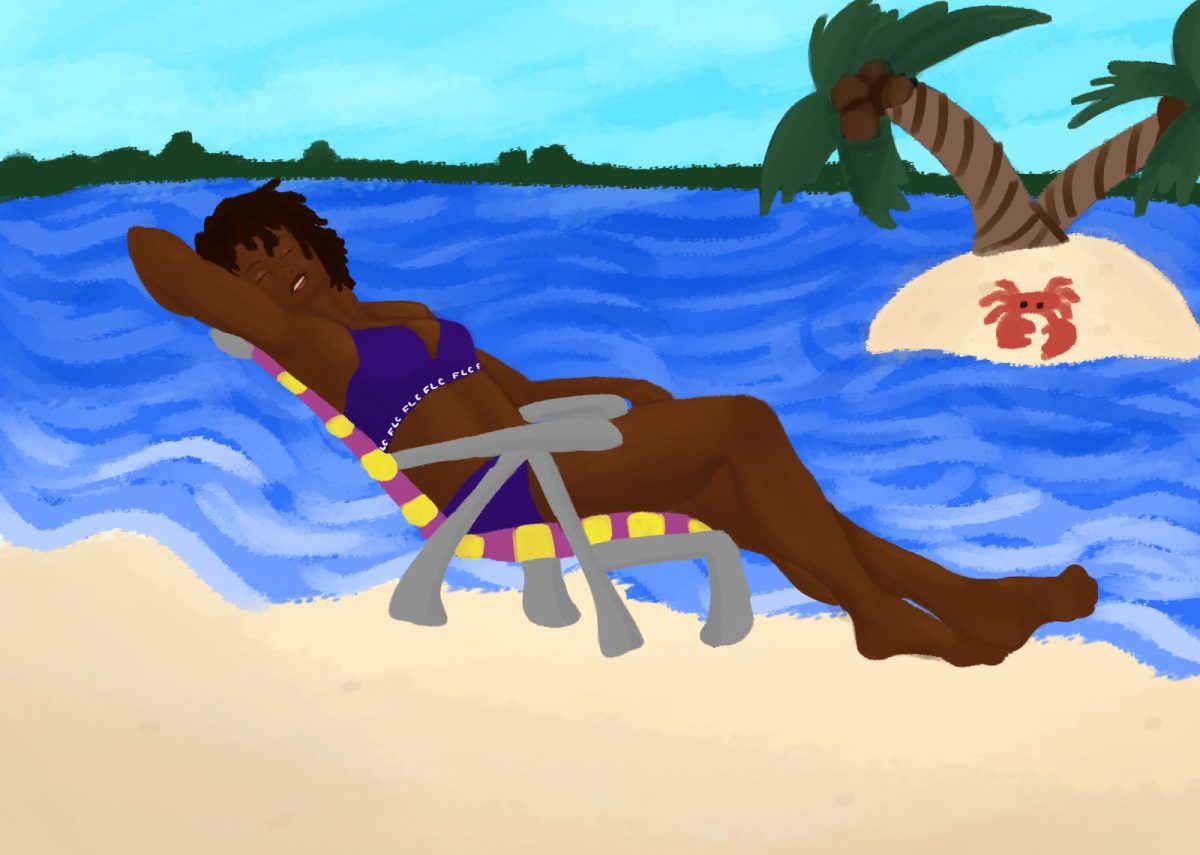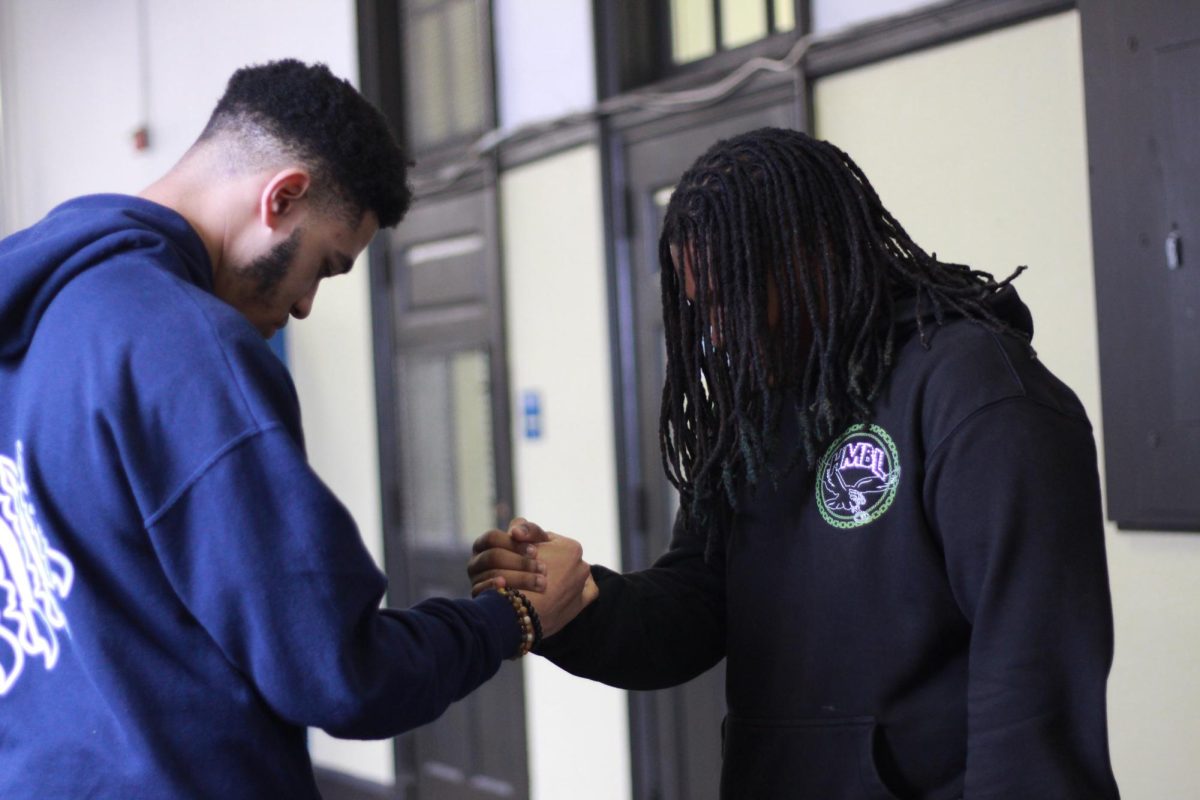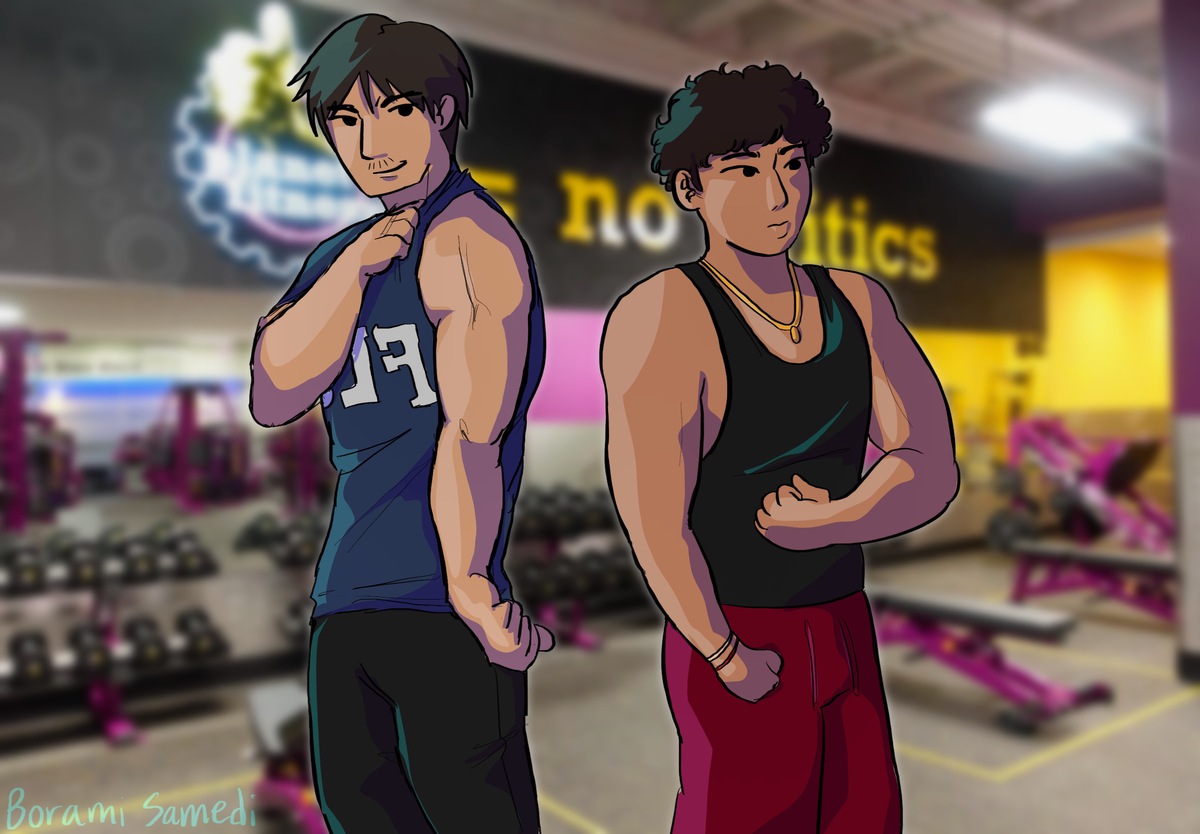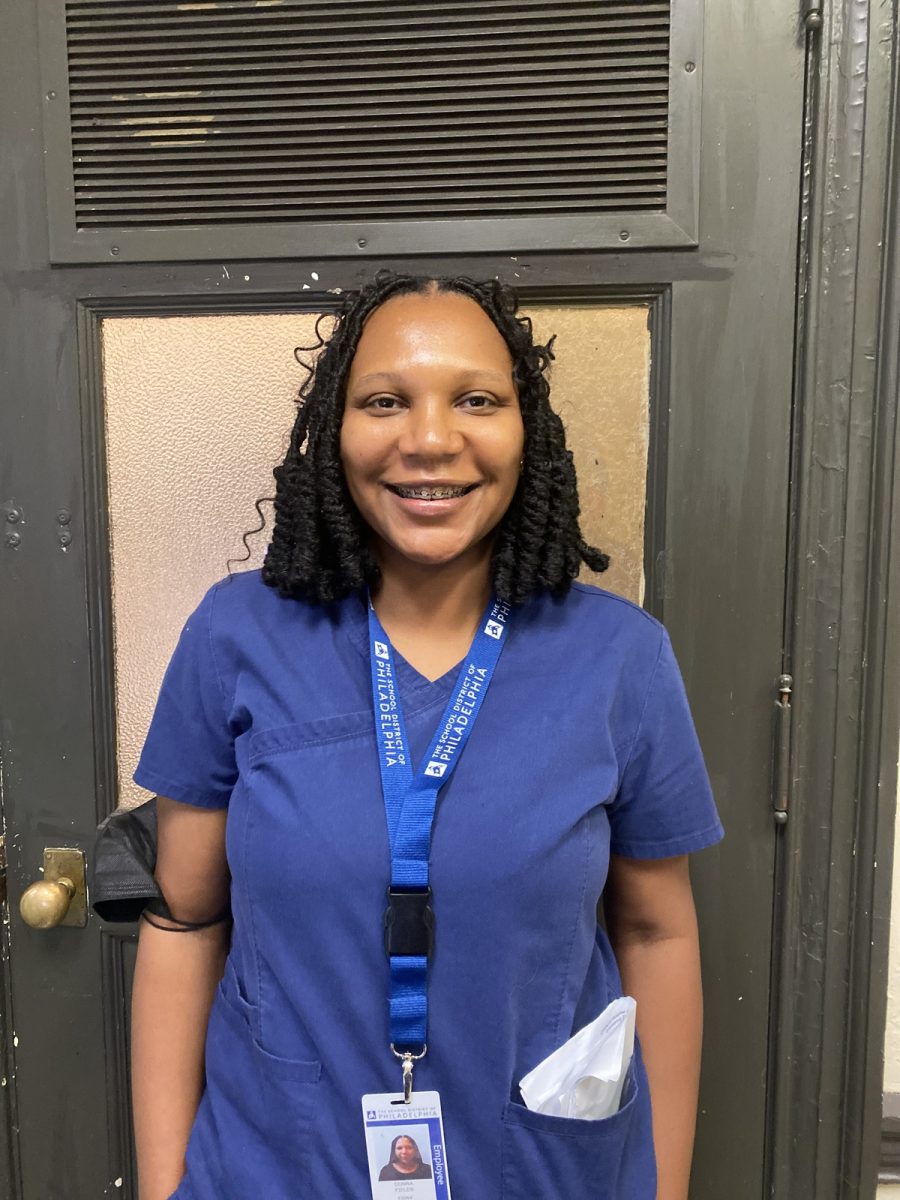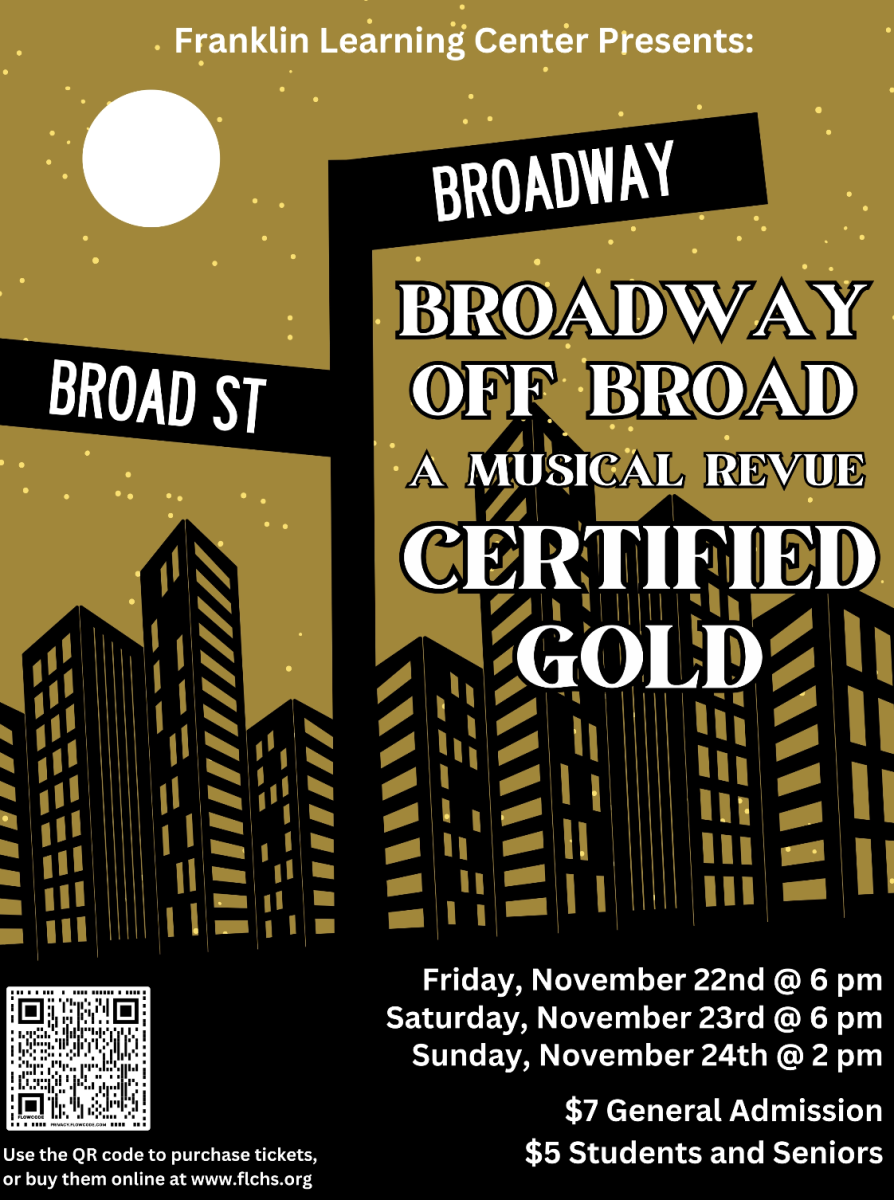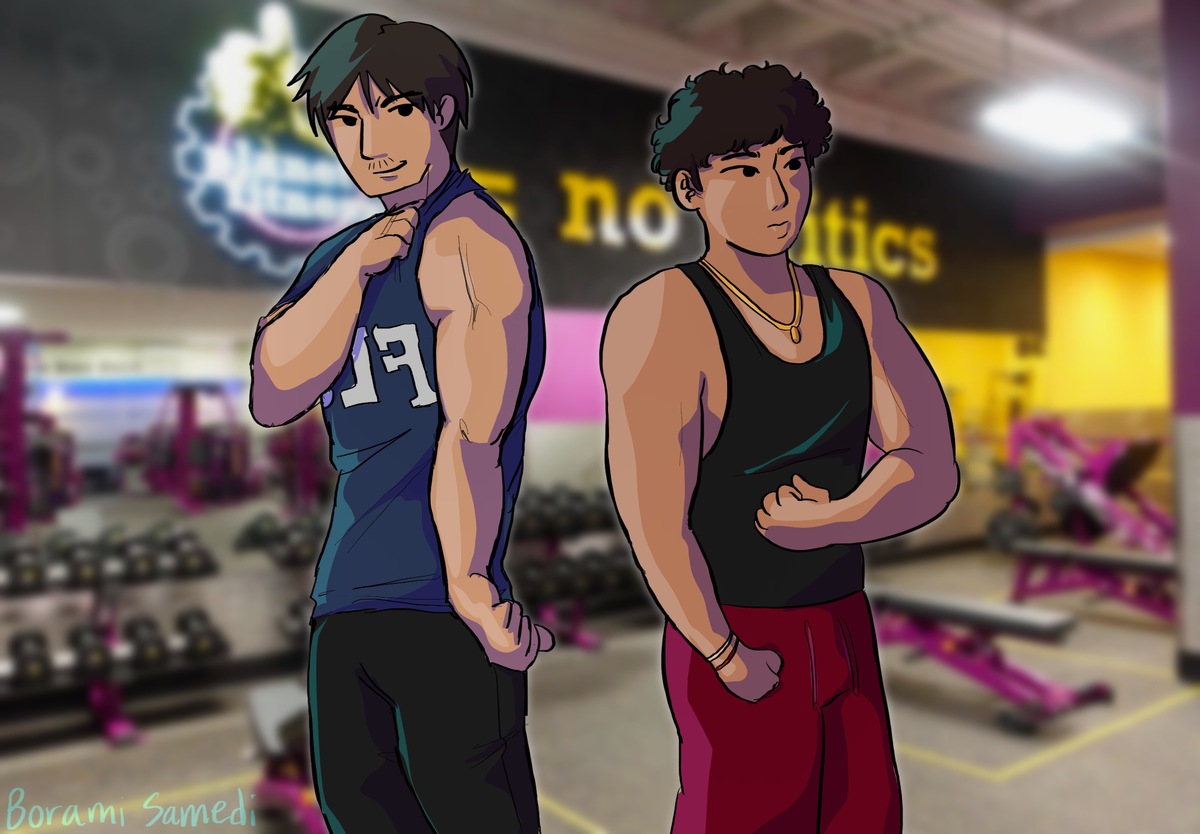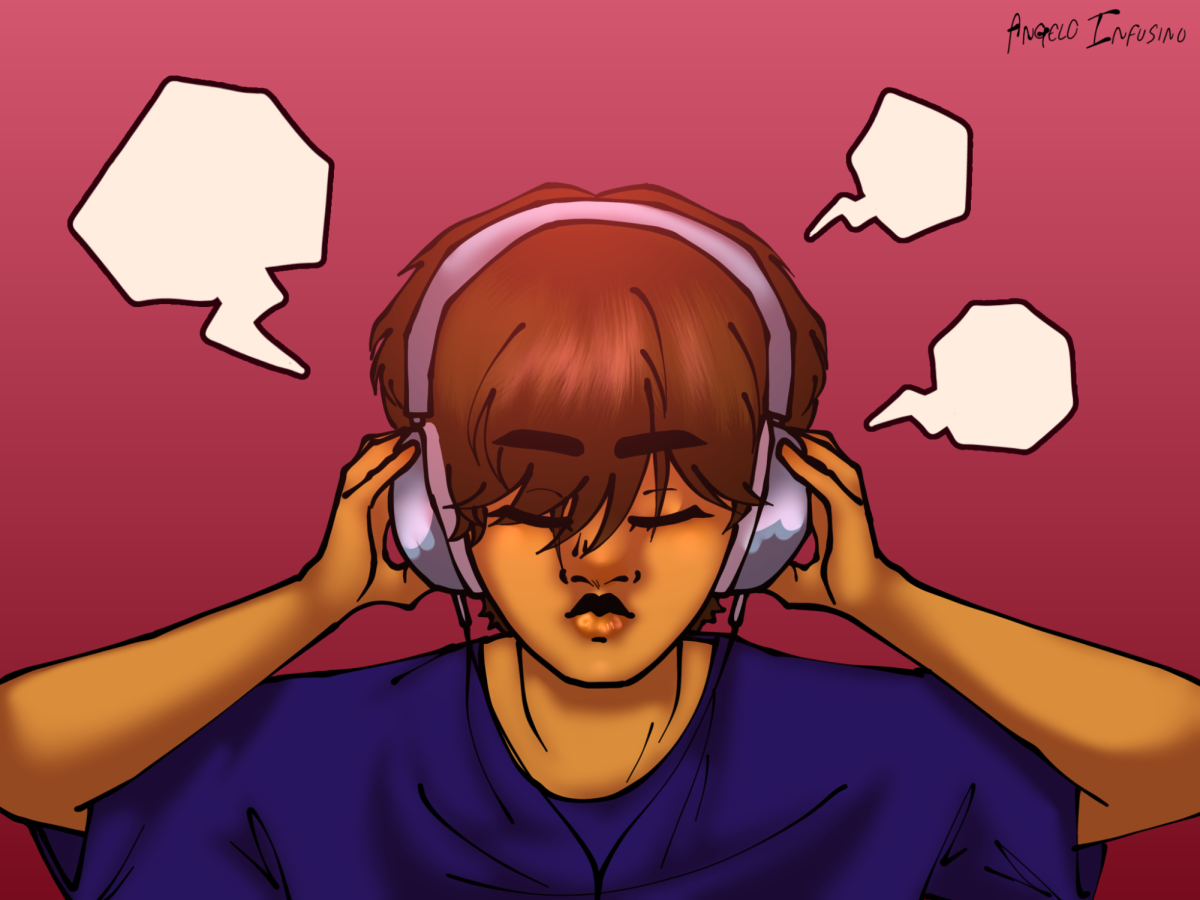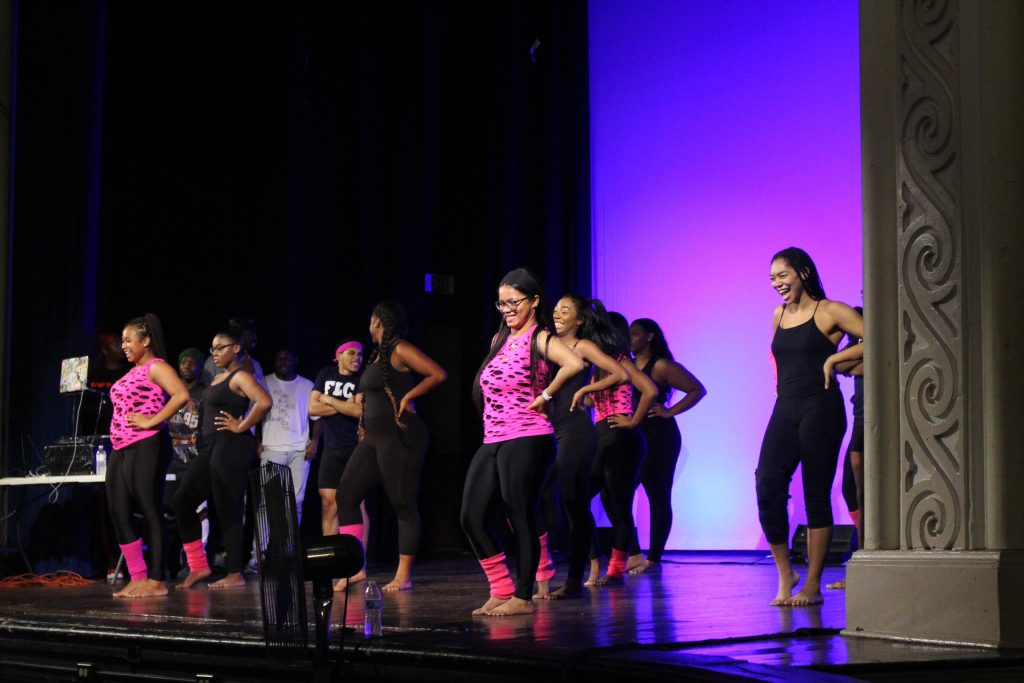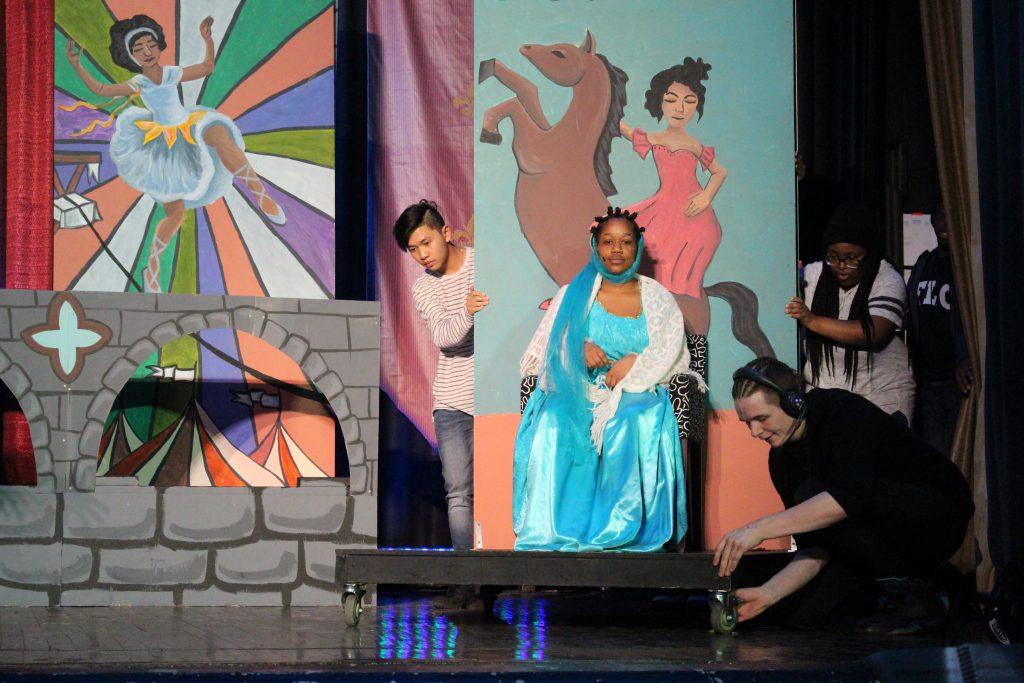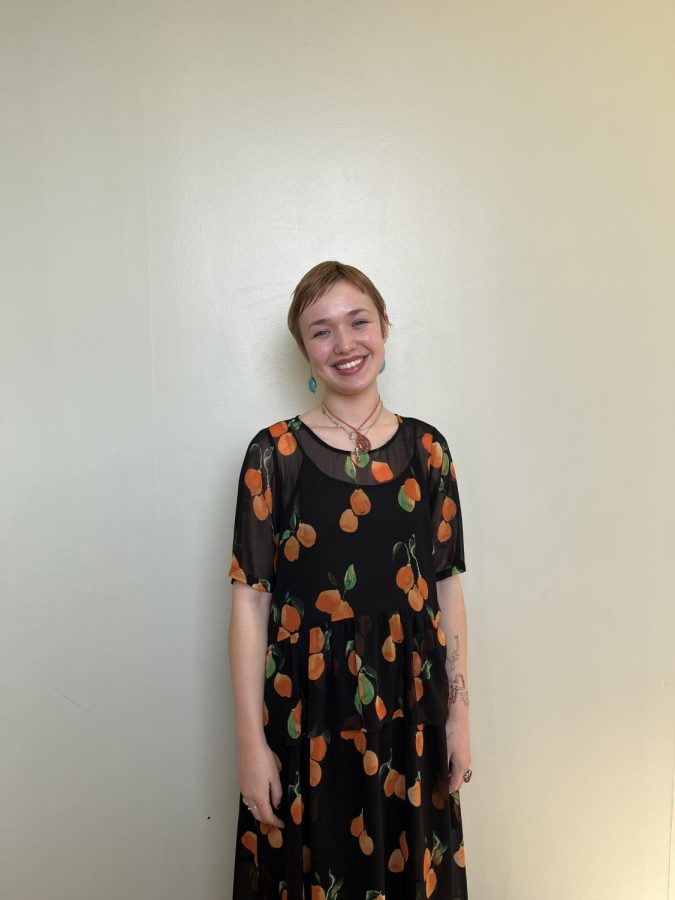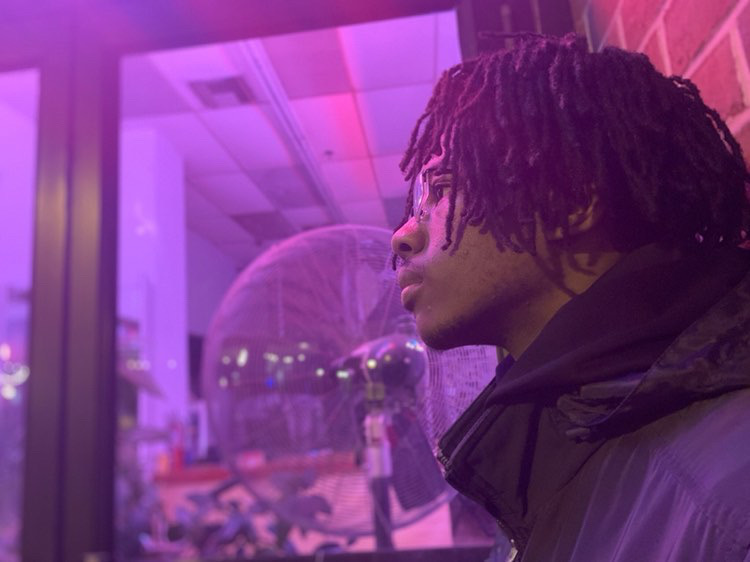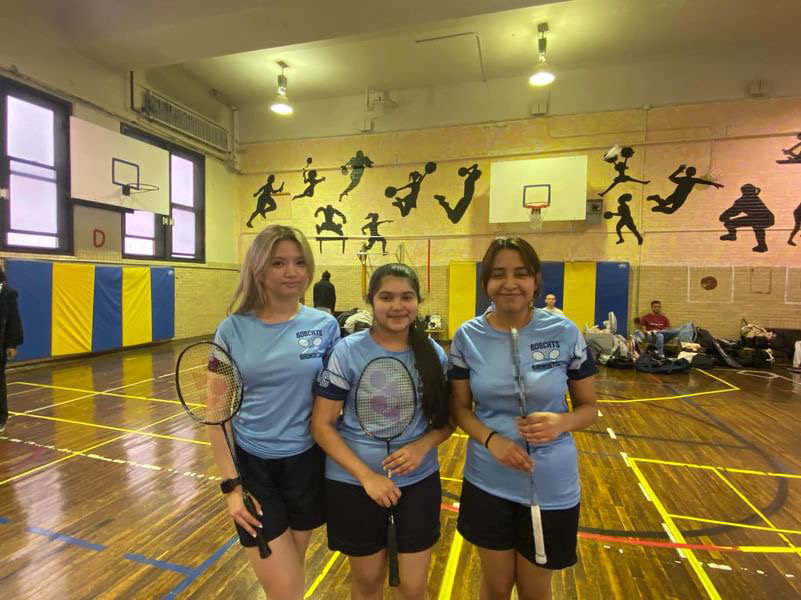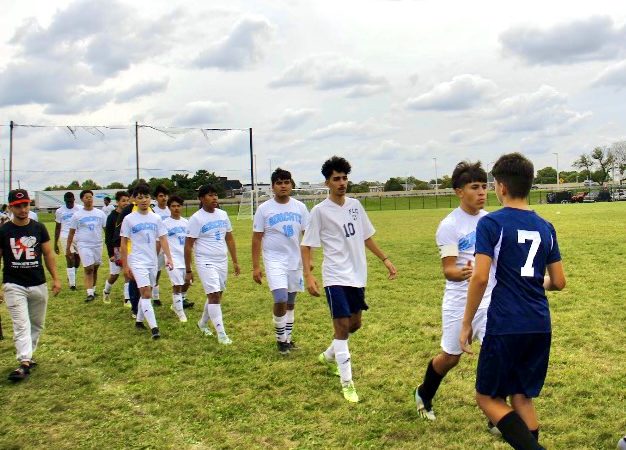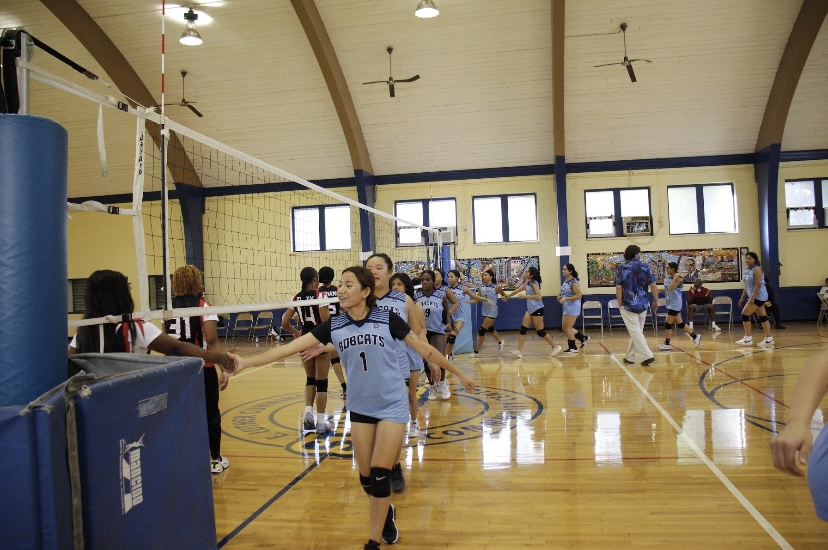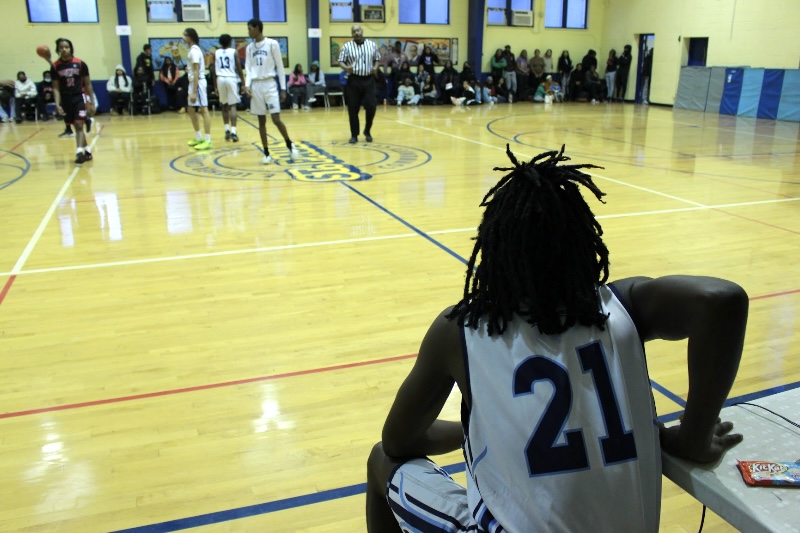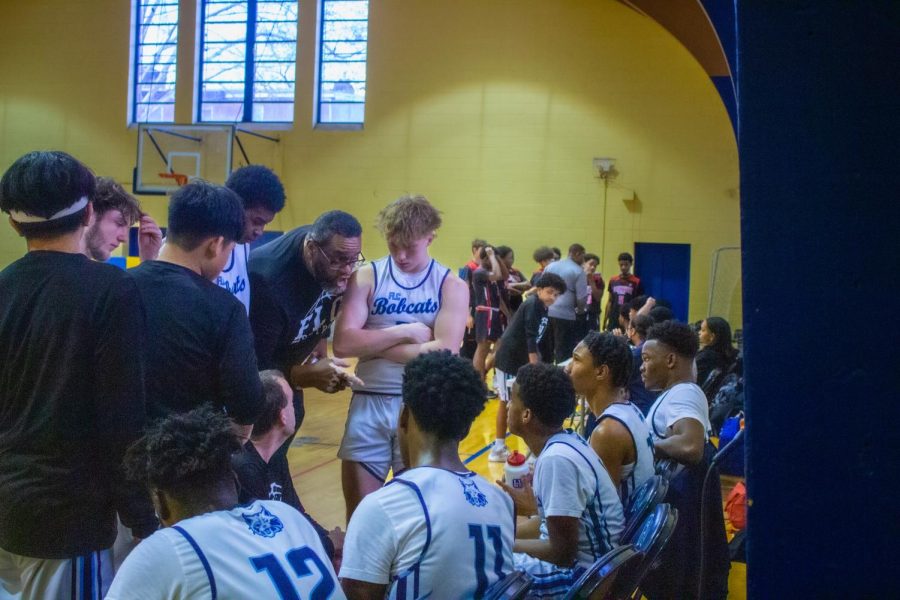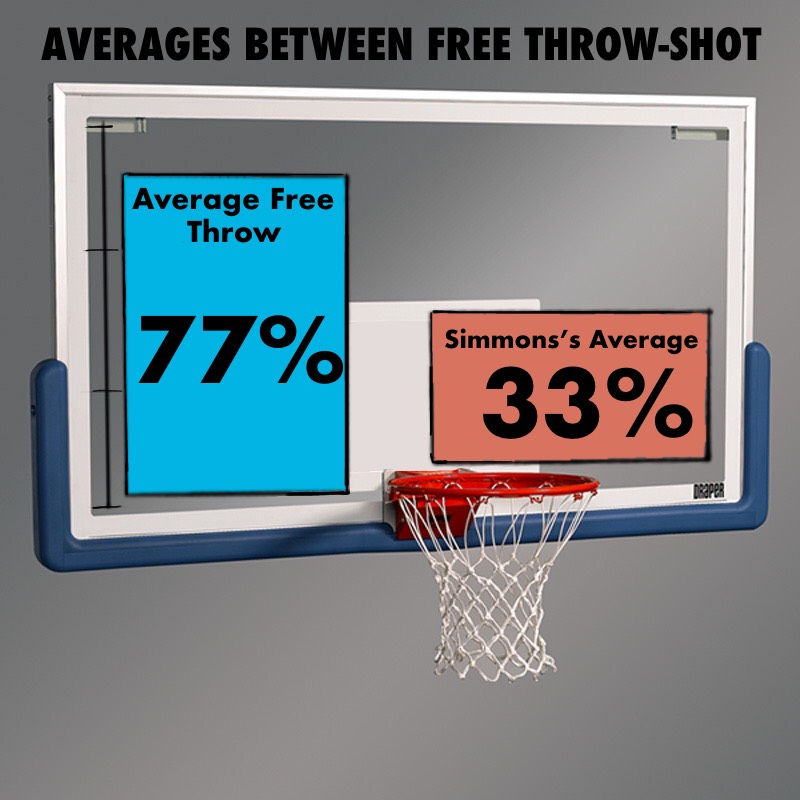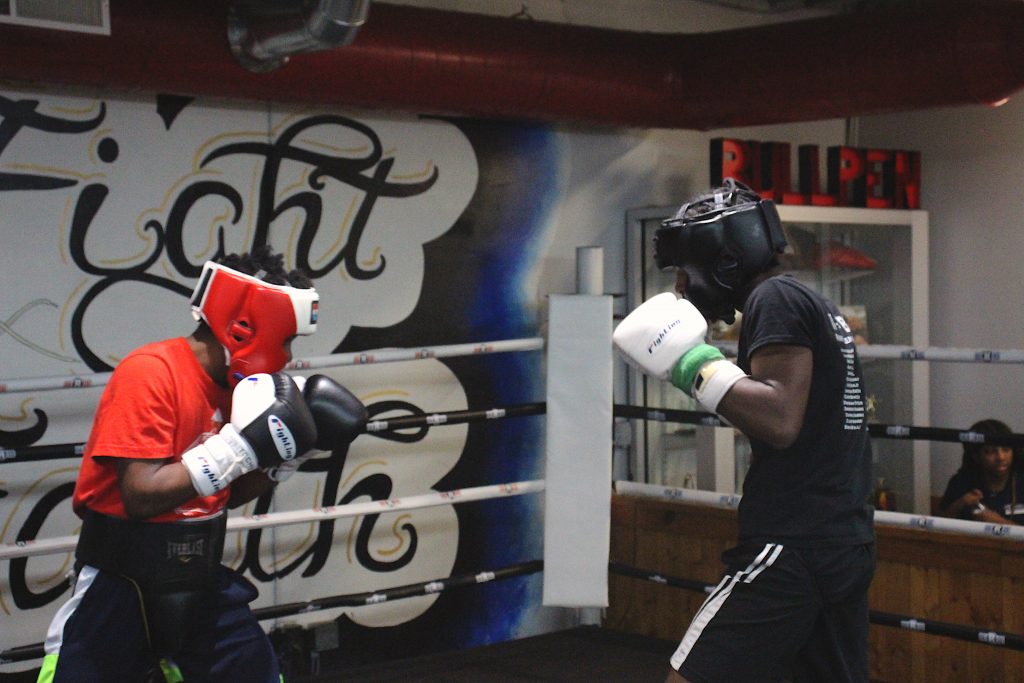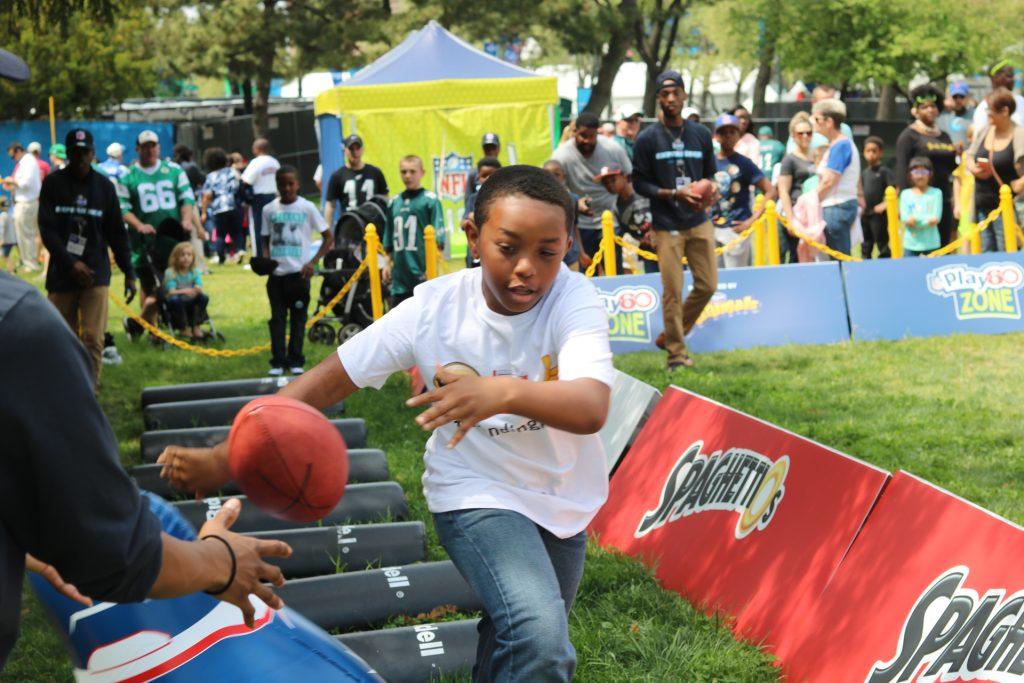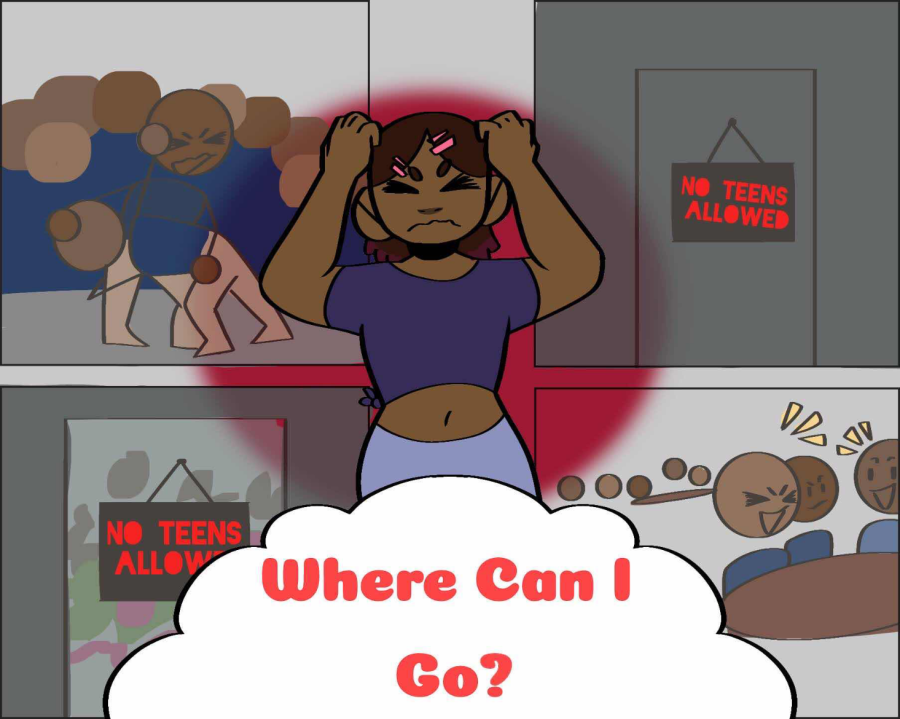Nowhere To Go: Philly’s recreation problem
Teen upset about having to go nowhere
May 26, 2023
The average teenager has a ton on their plate. Keeping up with grades, preparing for college, and finding an after-school job are the normal things young adults can keep themselves busy with. For teens in Philadelphia, though, a whole new challenge has sprung up: finding places that will accept them.
Recent events such as the Fashion District mob and the fight at the S.E.Y.A.A Carnival are causing more and more establishments to ban teens from their properties if they’re without adult supervision. But what are teens without a guardian or older sibling who is willing to hang out with them going to do?
Well, there are alternatives. There are a number of teenager-focused spaces that create a safe environment for adolescents without the presence of adult chaperones. A popular option for teens within the city is the Free Library of Philadelphia’s Field Teen Center at Parkway Central Library on 1901 Vine Street.
When asked what makes the Field Teen Center, or FTC, such a hotspot, employee Yona Yurwit explained that the space is teen-exclusive. “You don’t have to worry about random children screaming or just being around. You don’t have to deal with adults who are not library staff being in your business and judging.”
Another employee, Bri, agreed. “I think part of what makes it really cool for teens… is our commitment to making sure only teens can hang out in the space.” A big emphasis is put on letting teens be themselves, as well. “There’s no policing done in the space,” Bri added. “We don’t want everybody to look at [the staff] as authority figures. You can come to us, but we aren’t here to hover over anybody and make sure they’re following rules or behaving.”
As it turns out, these types of spaces are exactly what teens want. Vocal major Phatamarha Noel commented that she’d be “very uncomfortable if adults were monitoring or policing [her] fun because it’d feel like school.”
11th grader Aidan Kingcade acknowledges that these bans are happening for a reason. “A lot of teens fight in the mall or outside, and genuinely, it’s a place where it’s almost never safe.” He also recognizes that the majority of kids are being punished for the actions of others. “Me and my friends will go a couple of times and do nothing like that, but if they’re going to try and make places safe, sadly, this is how they’re going to do it.”
But how can we assure the safety of these spaces if there are no chaperones or bans? Noel suggested, “There be regulations put in place so that when students do disrupt environments, they don’t continue to.”
The FTC employees sympathize with the adolescents who feel unwelcome in the city. “Teens aren’t always necessarily trusting of public spaces,” Bri said. “We have to really work to build up that trust, because other spaces within the library–just public spaces in general–they aren’t friendly to teens.”
Unfortunately, the reality is that areas like the FTC or recreation centers aren’t accessible to kids all over the city. As for other alternatives, Yurwit recommended engaging with your community. “I would say reach out to trusted adults in your community…Maybe [someone] wants to run bingo out of her living room for people on the block.”
When asked about alternatives, Bri was stumped. “That’s a great question because there truly aren’t that many.” In the end, they suggested that students do extracurricular activities after school.
Good as both those suggestions are, there is still an issue regarding the lack of teenage-friendly environments. There needs to be places where students can be themselves.
Yurwit decided that the main issue is how teenagers are perceived by the public. “It’s about attitude. There are a lot of places in the city where teens are not allowed to be, or are discouraged from being like the mall or, like, restaurants…I think that there’s an education piece. People need to be reminded that teenagers are people who have feelings and needs and interests and that you can engage with people on those interests.”


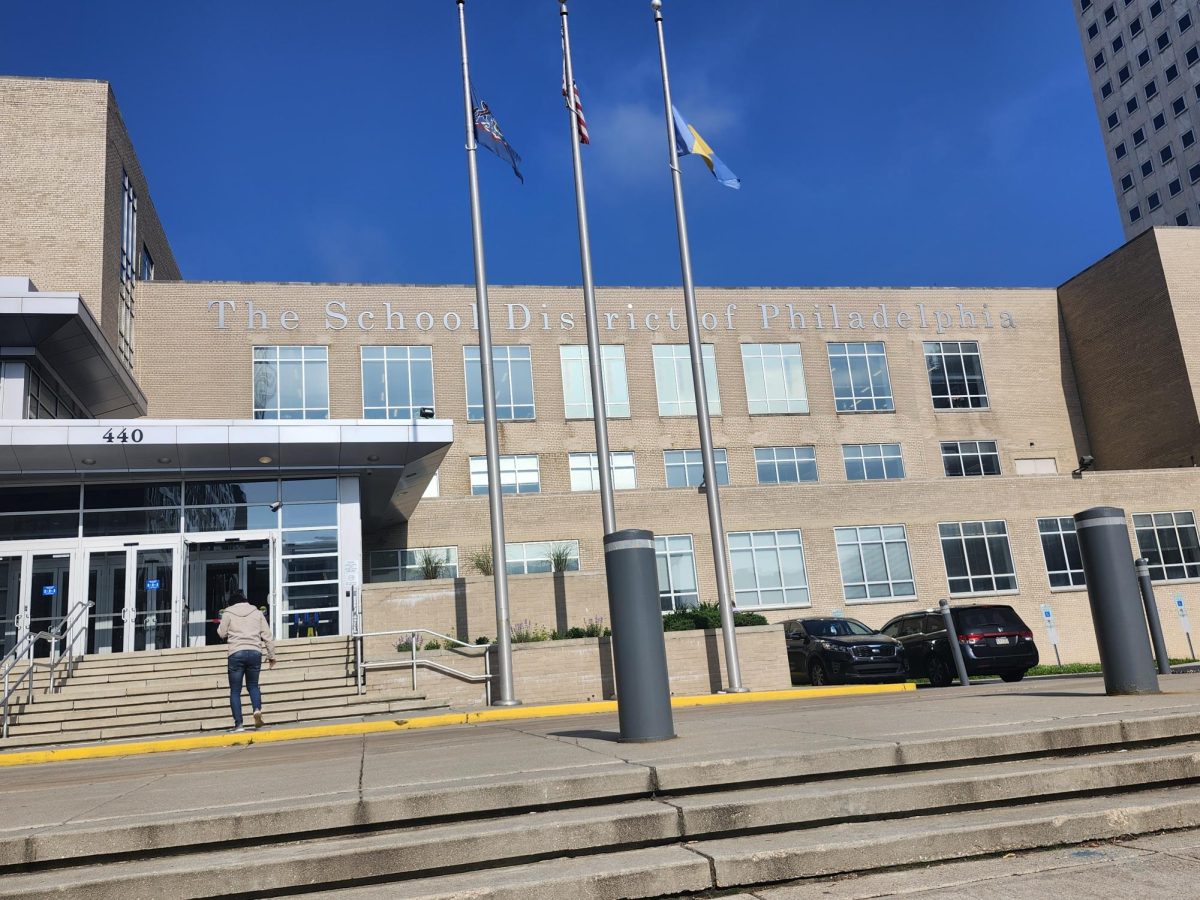
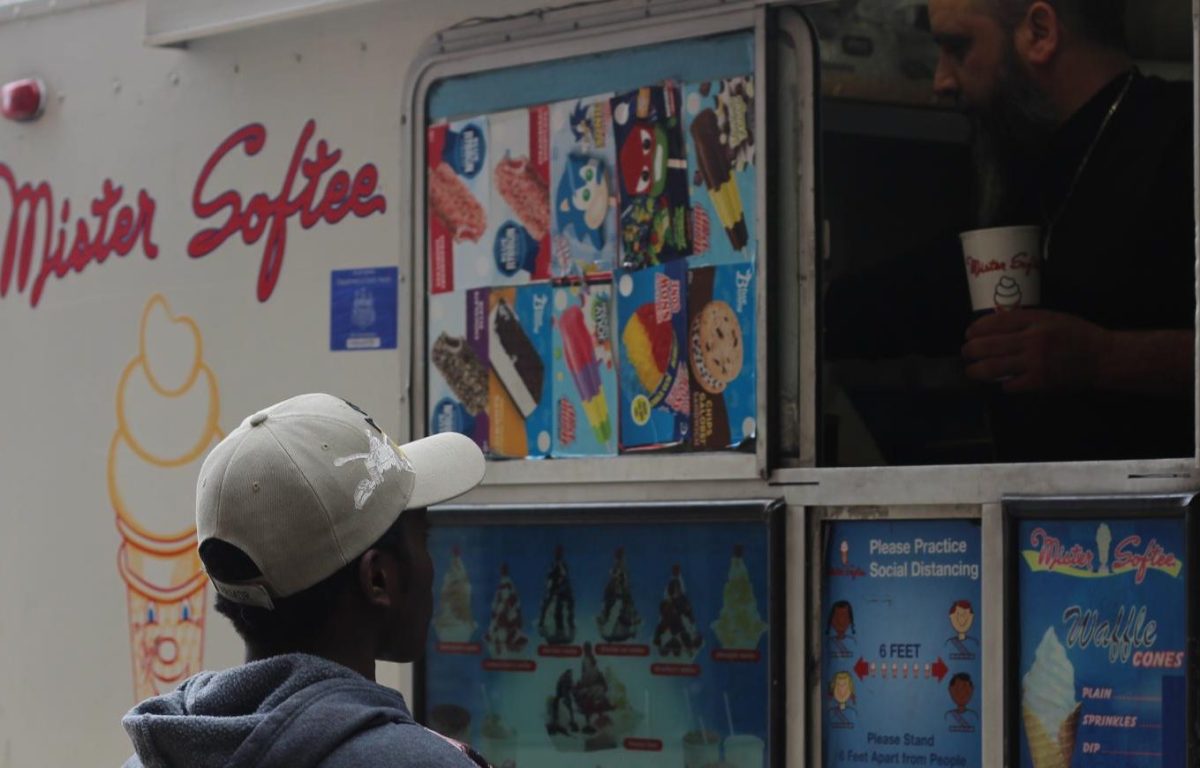
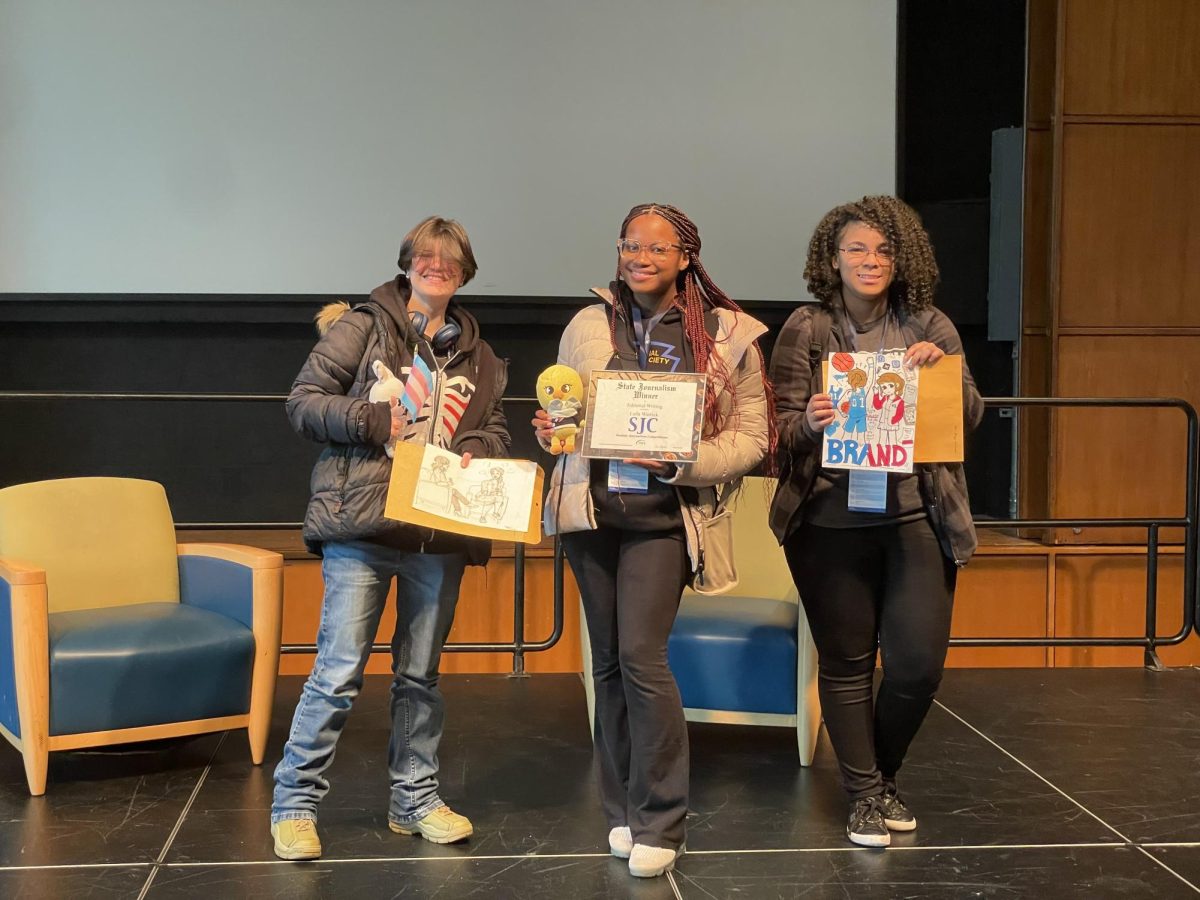
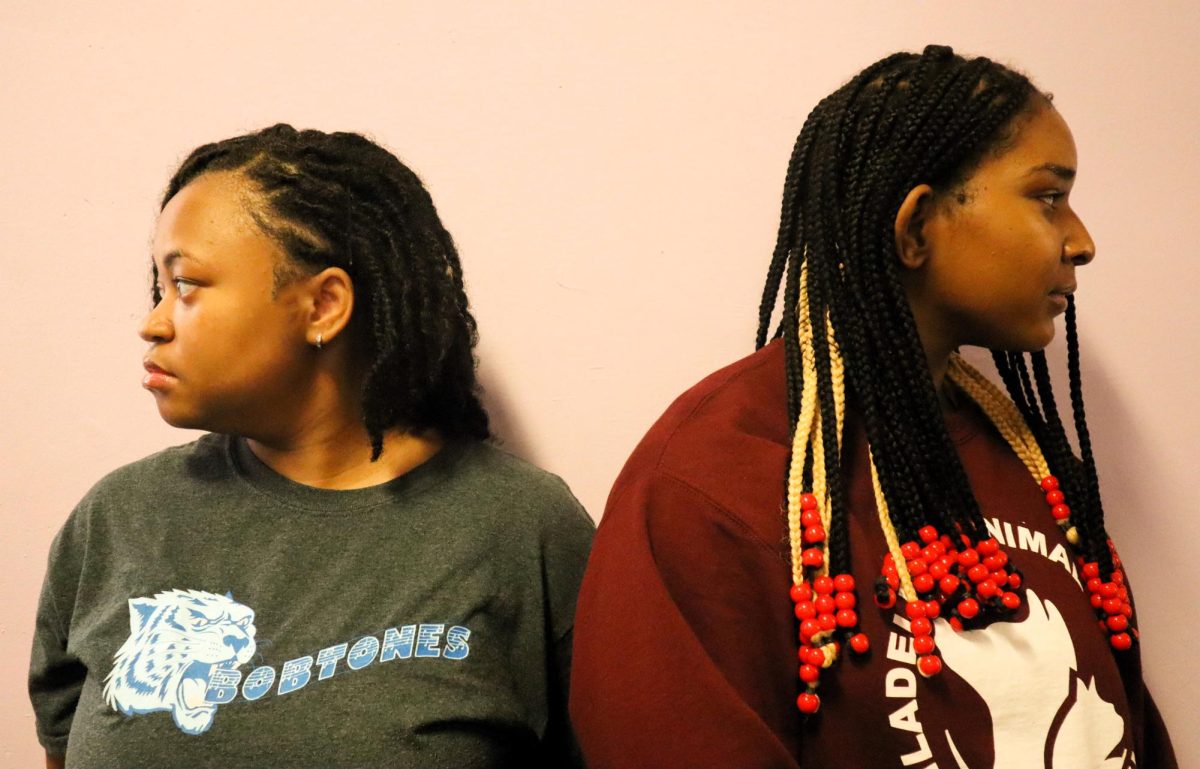
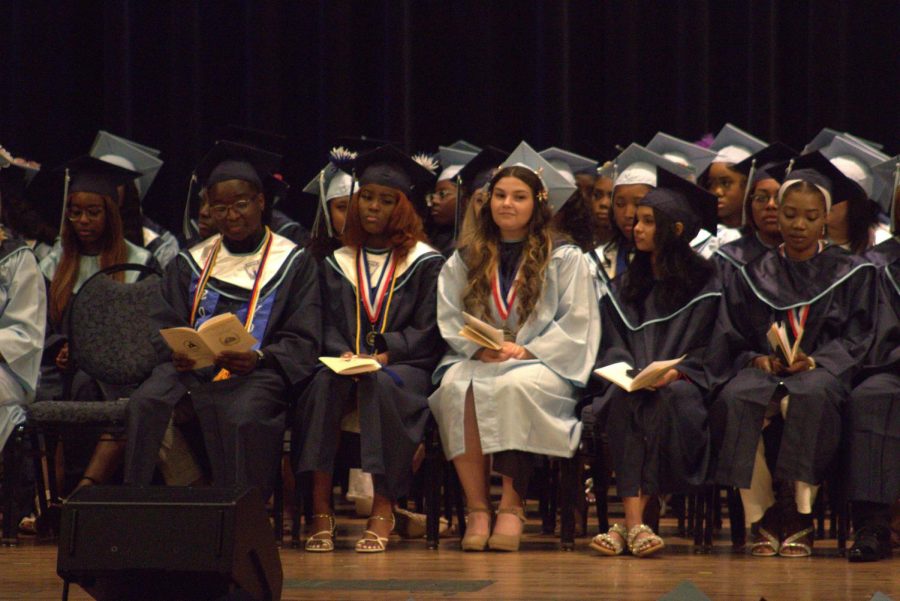
![[VIDEO] FLC 10th grade student awarded $40,000 in a BigFuture Scholarship](https://theflashflc.org/wp-content/uploads/2023/05/Screen-Shot-2023-05-02-at-4.39.10-PM-900x493.png)
![[VIDEO] Mayoral candidates campaign on student issues](https://theflashflc.org/wp-content/uploads/2023/04/IMG_1387-900x506.jpg)
